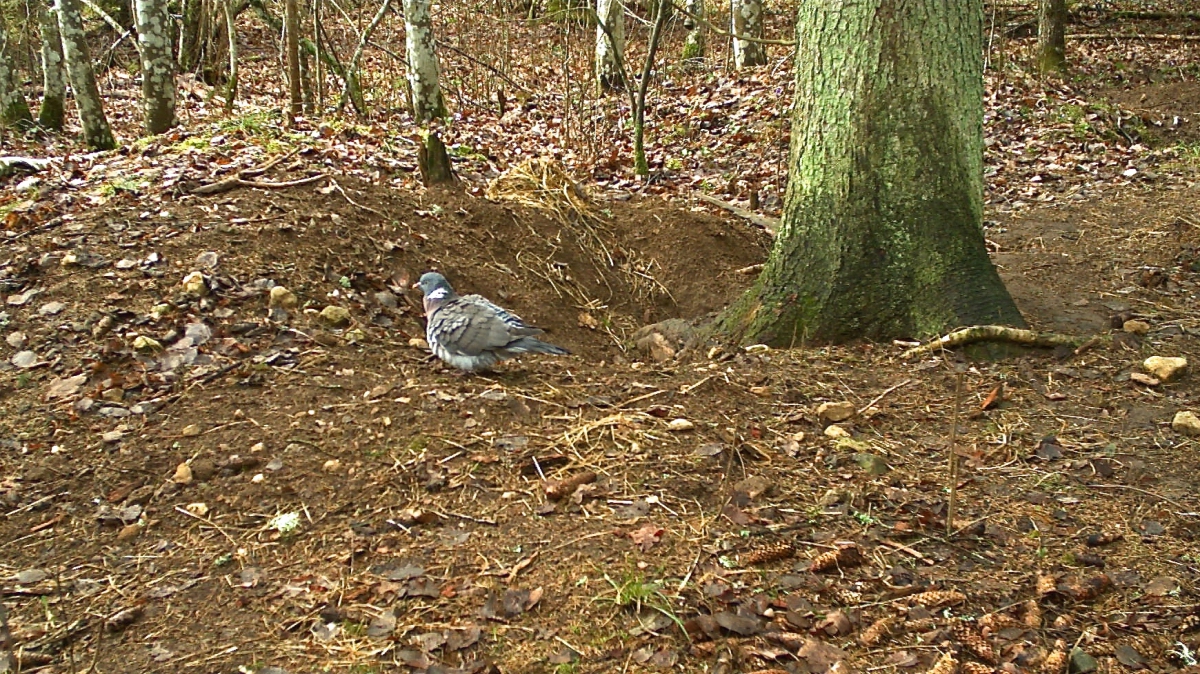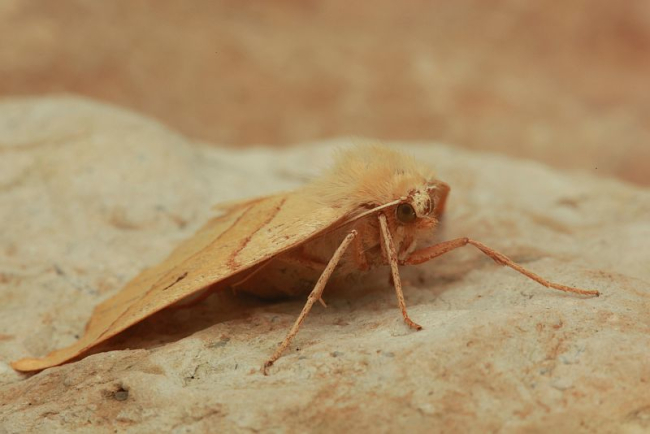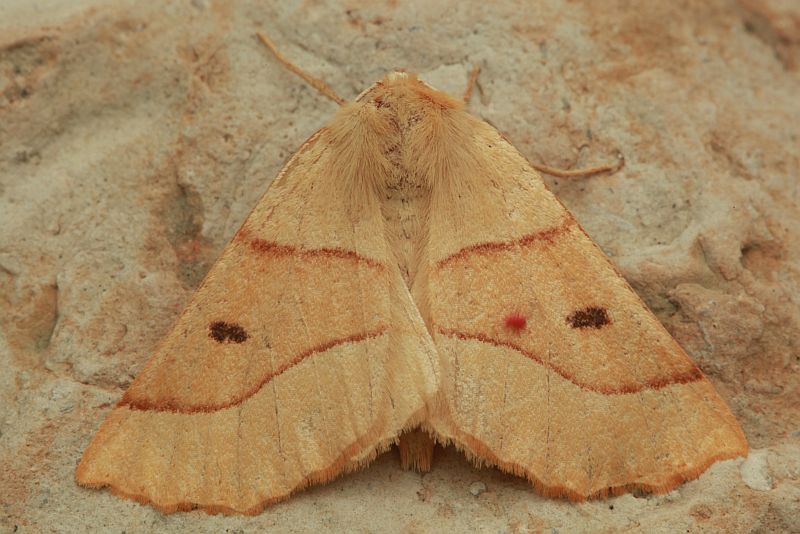Video Eda Kuusk Männiste
Translation Liis
Observation point near the Jõuga lakes, in East Viru County
The probably first video record of this phenomenon in Estonia is not perfect quality but has a documentary value in showing the variety of behaviour among species in our nature. Such a phenomenon is relatively rare.
What then is it about?
We may have to do with the maggots or larvae of the dark-winged fungus gnat /Sciara militaris/, with a dark head and a semi-translucent body, about 7 mm long. Habitat humid decaying matter in forests. As imagos the gnats lok like ordinary mosquitoes but in this story we have to do with the larvae.
What makes the larvae move like this?







